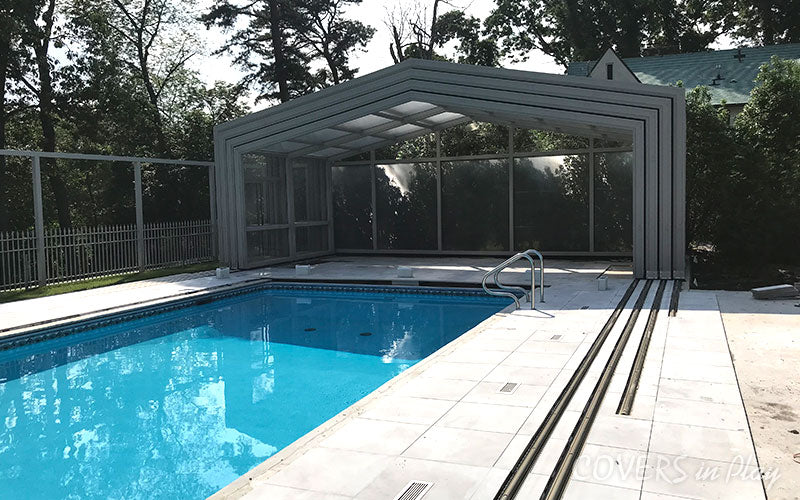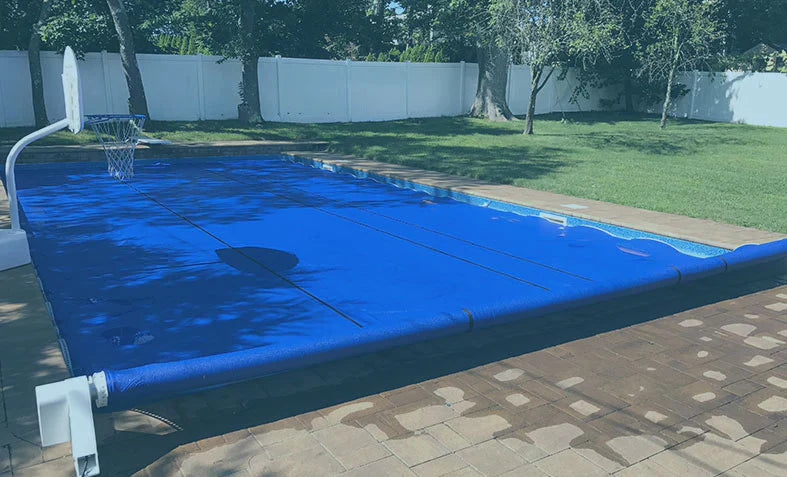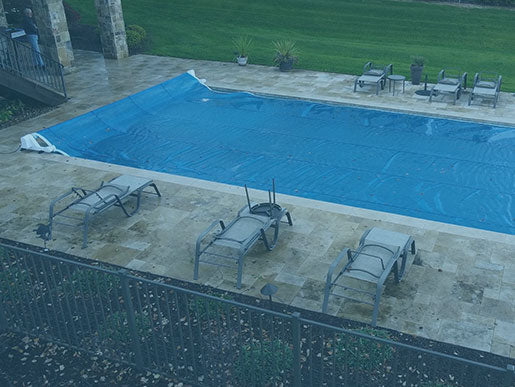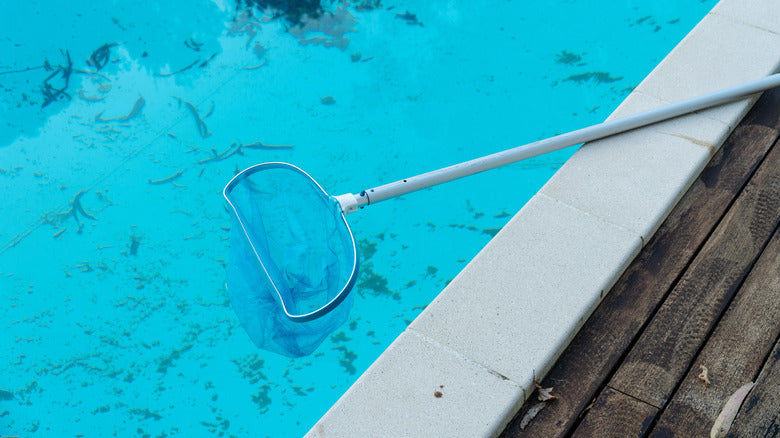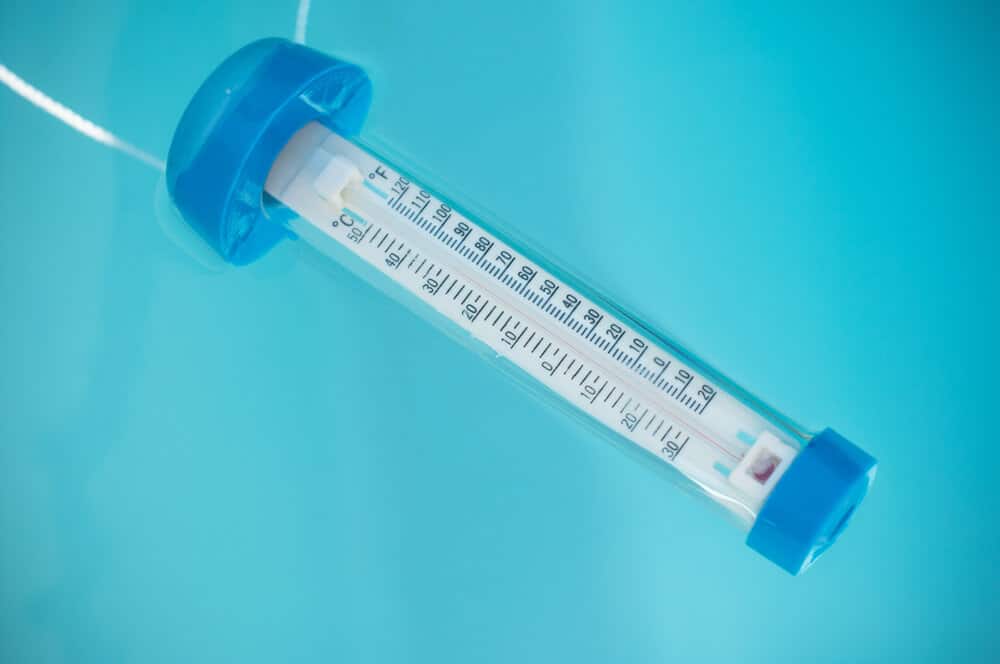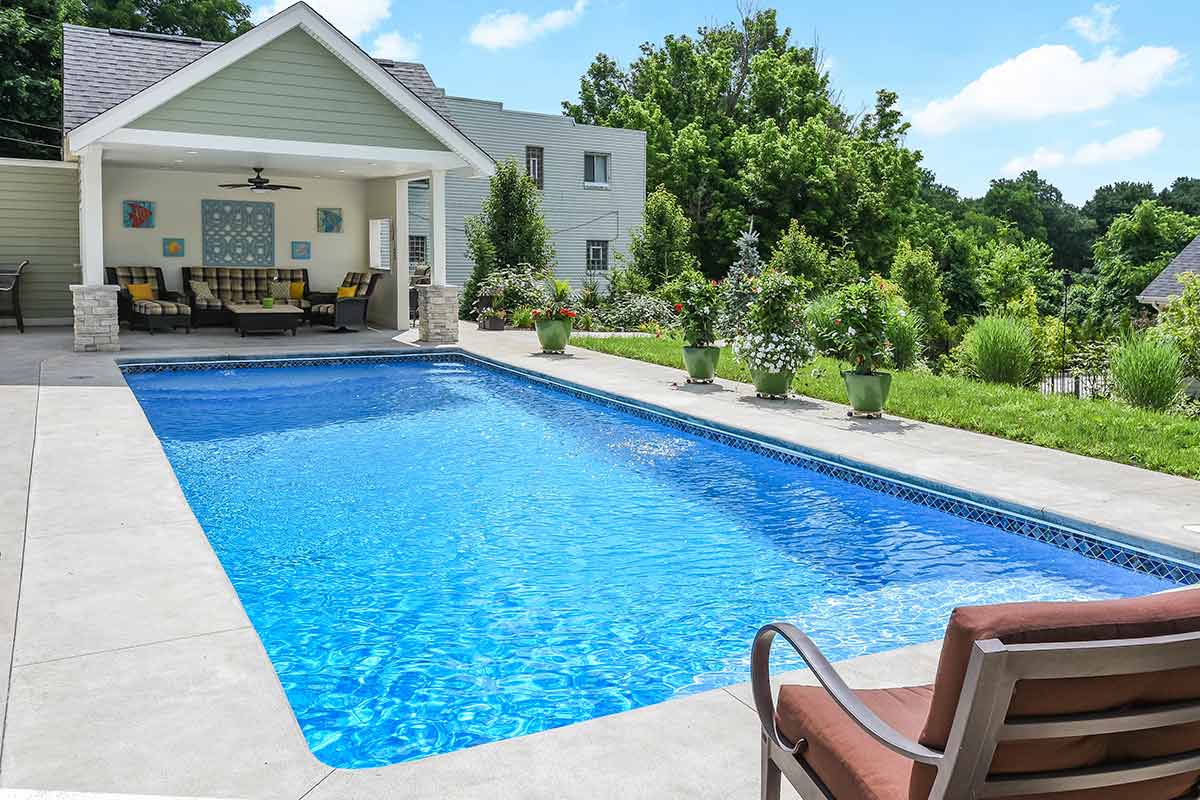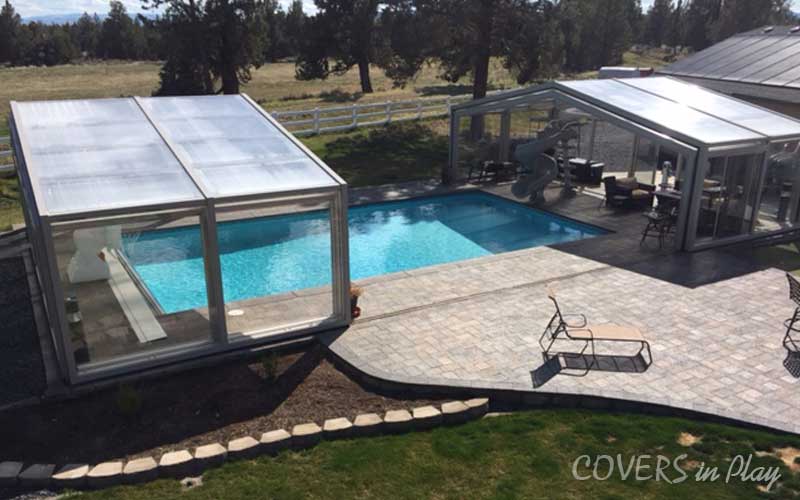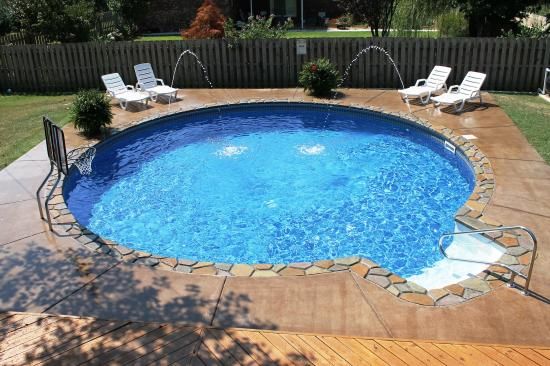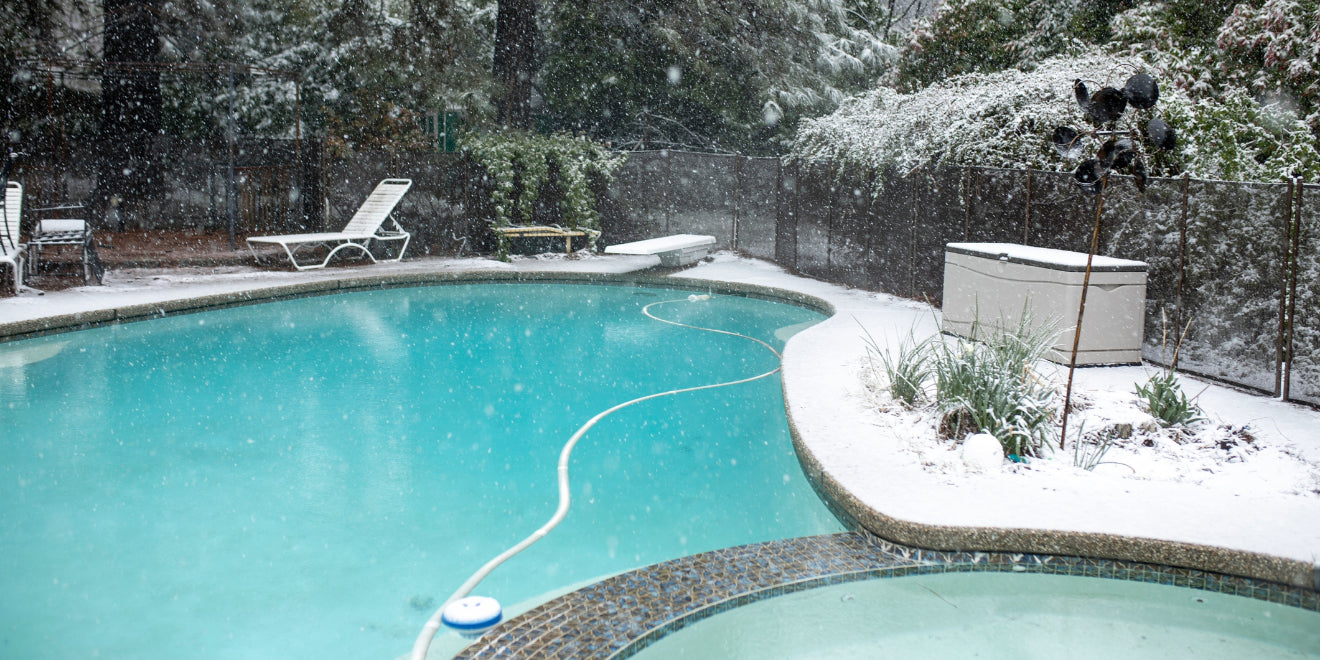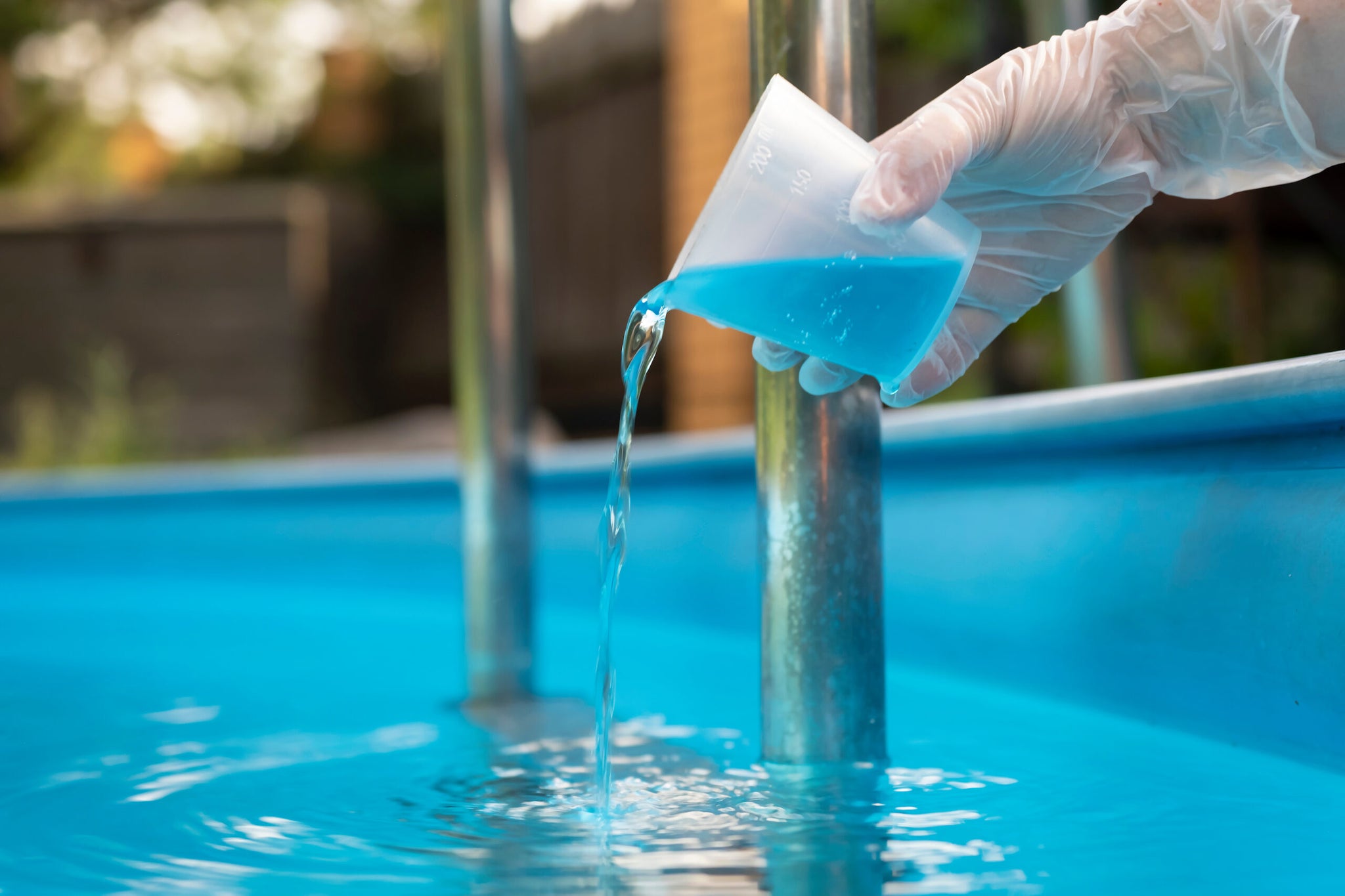
Balancing Pool Chemicals: Essential Tips for Crystal-Clear Water
Maintaining a well-balanced chemistry in your swimming pool is crucial for ensuring safe and enjoyable swimming conditions. Properly balanced chemicals not only keep the water sparkling clean but also protect swimmers from irritation and prevent costly damage to pool equipment. In this guide, we'll explore essential tips and techniques to help you achieve and maintain the perfect chemical balance in your pool.
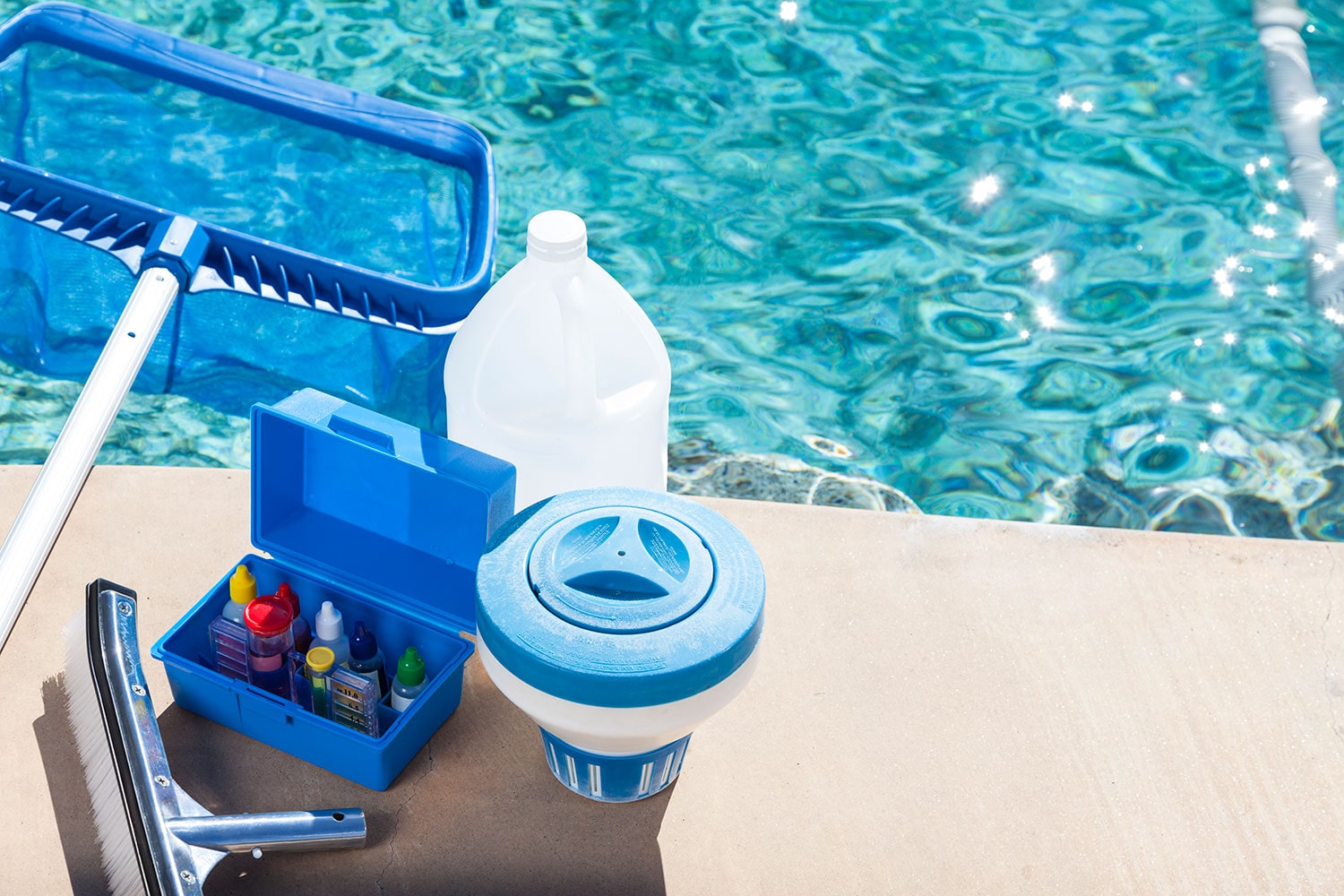
Understanding Pool Chemistry Basics
Before diving into chemical specifics, it's important to grasp the fundamental aspects of pool water chemistry:
- pH Balance: pH measures the acidity or alkalinity of the water. The optimal pH range for pool water is typically between 7.4 and 7.6. Maintaining the correct pH level ensures that chlorine works effectively and prevents eye and skin irritation.
Maintaining pH balance involves regular testing using a reliable pH test kit. If the pH level is too low (acidic), pH increasers such as sodium carbonate can be added. Conversely, if the pH is too high (alkaline), pH decreasers like sodium bisulfate are used. It's essential to make adjustments gradually and retest after a few hours to ensure stability.
Expanding on pH Balance:
- Proper pH levels not only enhance chlorine efficiency but also protect pool surfaces and equipment from corrosion or scale formation.
- Factors such as rainfall, bather load, and type of sanitizer used can affect pH levels, requiring regular monitoring and adjustment.
- Chlorine Levels: Chlorine is essential for sanitizing pool water by killing bacteria, algae, and other contaminants. The recommended chlorine level for pools usually ranges from 1.0 to 3.0 parts per million (ppm), depending on factors like pool usage and weather conditions.
Maintaining proper chlorine levels involves regular monitoring and adjustment. Chlorine can degrade due to sunlight exposure, so using stabilizers like cyanuric acid helps maintain chlorine effectiveness. Shock treatments are also recommended weekly or after heavy pool usage to boost chlorine levels and eliminate organic contaminants.
Expanding on Chlorine Maintenance:
- Different forms of chlorine (e.g., liquid, granular, tablets) have varying dissolution rates and effects on pH, requiring careful selection based on pool needs.
- Chlorine demand can fluctuate based on water temperature, rainfall, and organic debris, necessitating periodic adjustments to maintain a consistent level.
- Alkalinity: Total alkalinity acts as a buffer that helps stabilize pH levels. The ideal range for alkalinity is generally between 80 and 120 parts per million (ppm). Proper alkalinity prevents pH fluctuations, which can affect chlorine's effectiveness and lead to water clarity issues.
To adjust alkalinity, alkalinity increasers (like sodium bicarbonate) are used if levels are too low. If alkalinity is too high, acid treatments may be necessary. Regularly testing alkalinity and making adjustments as needed ensure stable pH levels and optimal chlorine efficiency.
Expanding on Alkalinity Management:
- Alkalinity serves as a pH buffer, helping to maintain a stable environment for chlorine to work effectively.
- High alkalinity levels can lead to cloudy water and scale formation, while low alkalinity can cause pH fluctuations and reduce chlorine efficiency.
- Calcium Hardness: Calcium hardness refers to the concentration of calcium ions in the water. Maintaining balanced calcium hardness (around 200-400 ppm) helps prevent plaster etching, corrosion of metal fixtures, and scaling on pool surfaces.
Calcium hardness levels can be adjusted using calcium chloride or calcium increasers if levels are too low. High calcium levels can lead to scale formation, which requires sequestering agents to prevent. Regular testing and maintenance of calcium hardness ensure the longevity of pool surfaces and equipment.
Expanding on Calcium Hardness Control:
- Calcium hardness levels vary by geographic region and source water, requiring periodic testing and adjustment to maintain optimal levels.
- Maintaining proper calcium hardness protects pool surfaces, plumbing, and equipment from damage associated with calcium deposits and corrosion.
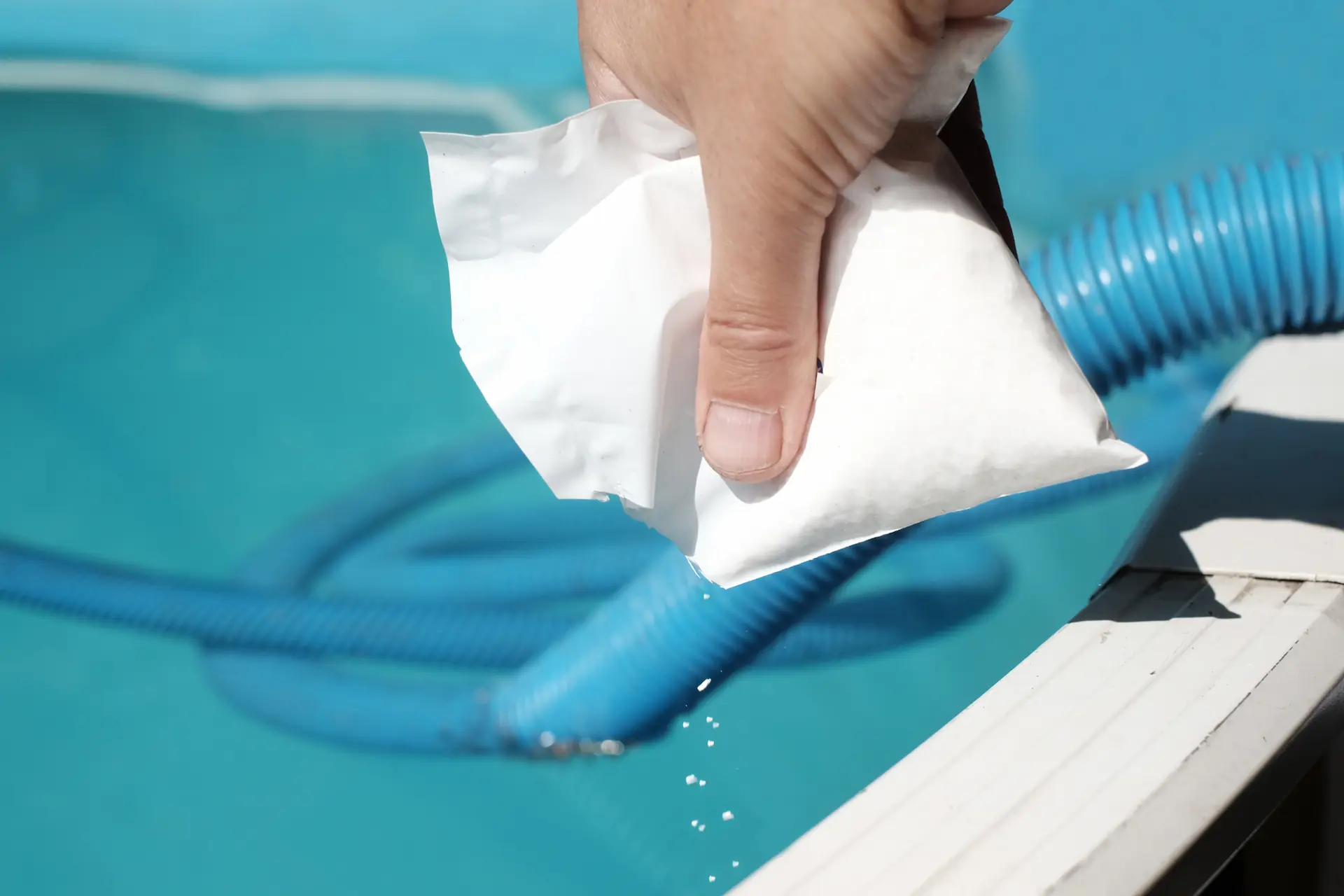
Testing and Monitoring Pool Water
Regular testing of pool water is essential to ensure chemical levels are within optimal ranges. Here's how to effectively test and monitor your pool water:
- Use a Reliable Test Kit: Invest in a quality test kit that can accurately measure pH, chlorine, alkalinity, and calcium hardness levels.
- Follow Testing Guidelines: Collect water samples from elbow-depth in different areas of the pool. Follow the manufacturer's instructions to conduct each test properly.
- Record and Analyze Results: Record test results and compare them to recommended ranges. Adjust chemical levels as needed to achieve balance and clarity.
Expanding on Testing Procedures:
- Conduct tests at least weekly and after heavy pool usage or significant weather events to promptly identify and address chemical imbalances.
- Maintain a detailed log of test results and adjustments made to track trends and ensure consistent water quality over time.
Balancing Pool Chemicals Effectively
Achieving and maintaining balanced pool chemicals requires careful attention and occasional adjustments. Here are practical tips to help you keep your pool water crystal-clear:
- Adjusting pH Levels: Use pH increasers or decreasers as needed to keep pH within the optimal range. Add chemicals gradually and retest after several hours to ensure stability.
- Maintaining Chlorine Levels: Regularly shock the pool to boost chlorine levels and eliminate contaminants. Use stabilizers to prevent chlorine degradation from sunlight exposure.
- Balancing Alkalinity: Use alkalinity increasers or decreasers to adjust levels as needed. Monitor alkalinity regularly to prevent pH swings.
- Managing Calcium Hardness: Adjust calcium hardness levels using calcium chloride or calcium increasers if levels are too low. Use sequestering agents to prevent scaling if levels are too high.
Expanding on Chemical Adjustment Tips:
- Avoid overcorrecting chemical levels by making gradual adjustments and retesting to achieve optimal balance without causing fluctuations.
- Consult with a pool professional for guidance on specific chemical products and application rates tailored to your pool's needs.
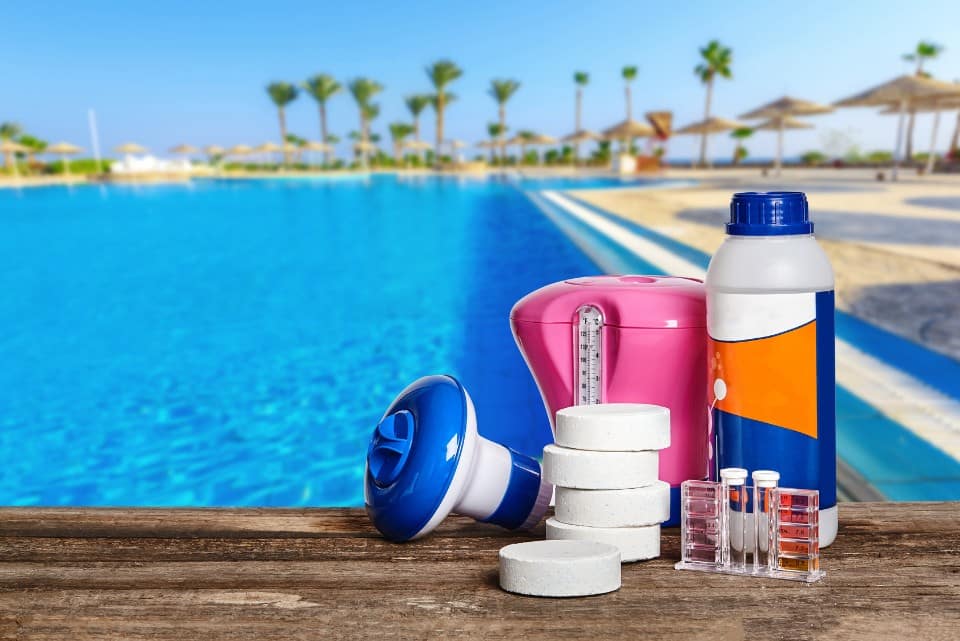
Additional Maintenance Tips
In addition to chemical balancing, consider these maintenance practices to keep your pool in top condition:
- Regular Cleaning: Skim debris, vacuum the pool floor, and clean filters regularly to maintain water clarity and circulation.
- Monitor Water Level: Keep the pool water level at the midpoint of the skimmer for optimal filtration and chemical distribution.
- Inspect and Maintain Equipment: Regularly inspect and maintain pool pumps, filters, and heaters to ensure they operate efficiently and prolong their lifespan.
- Backwashing and Filter Maintenance: Schedule regular backwashing of sand and DE filters, or cleaning of cartridge filters, to maintain proper filtration efficiency.
- Winterizing and Seasonal Adjustments: Adjust chemical treatments and pool maintenance practices according to seasonal changes, such as winterizing procedures or increased use during summer months.
Expanding on Maintenance Practices:
- Implement a comprehensive pool maintenance schedule that includes weekly, monthly, and seasonal tasks to ensure all aspects of pool care are addressed.
- Consider investing in automated pool maintenance systems or professional services for consistent, expert-level care and maintenance.
Balancing pool chemicals is a fundamental aspect of pool maintenance that directly impacts water quality and swimmer comfort. By understanding and managing pH, chlorine, alkalinity, and calcium hardness levels, you can enjoy crystal-clear water and extend the life of your pool equipment. Regular testing, careful adjustments, and diligent maintenance practices will ensure that your pool remains a safe and inviting oasis for family and friends throughout the swimming season.
